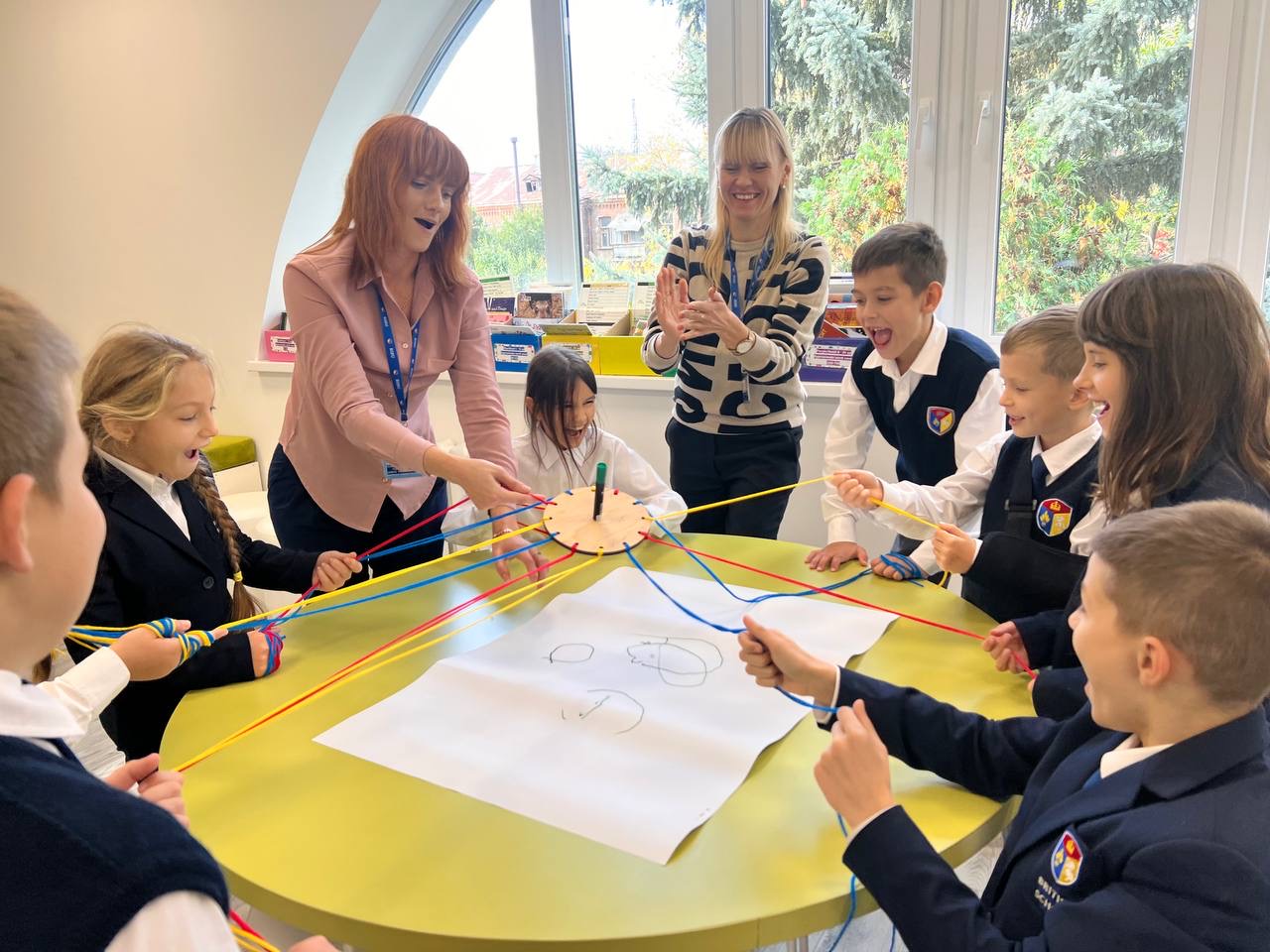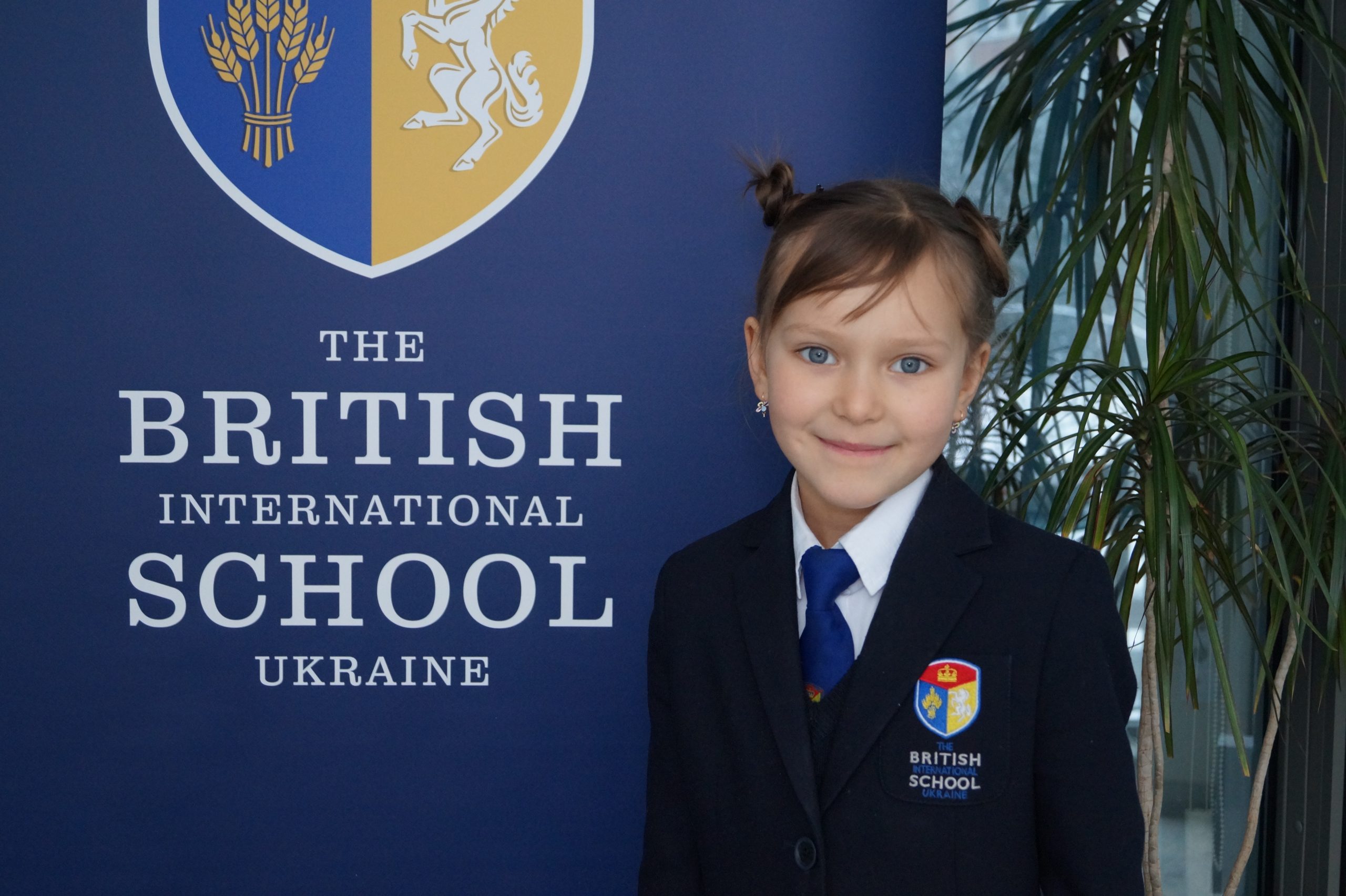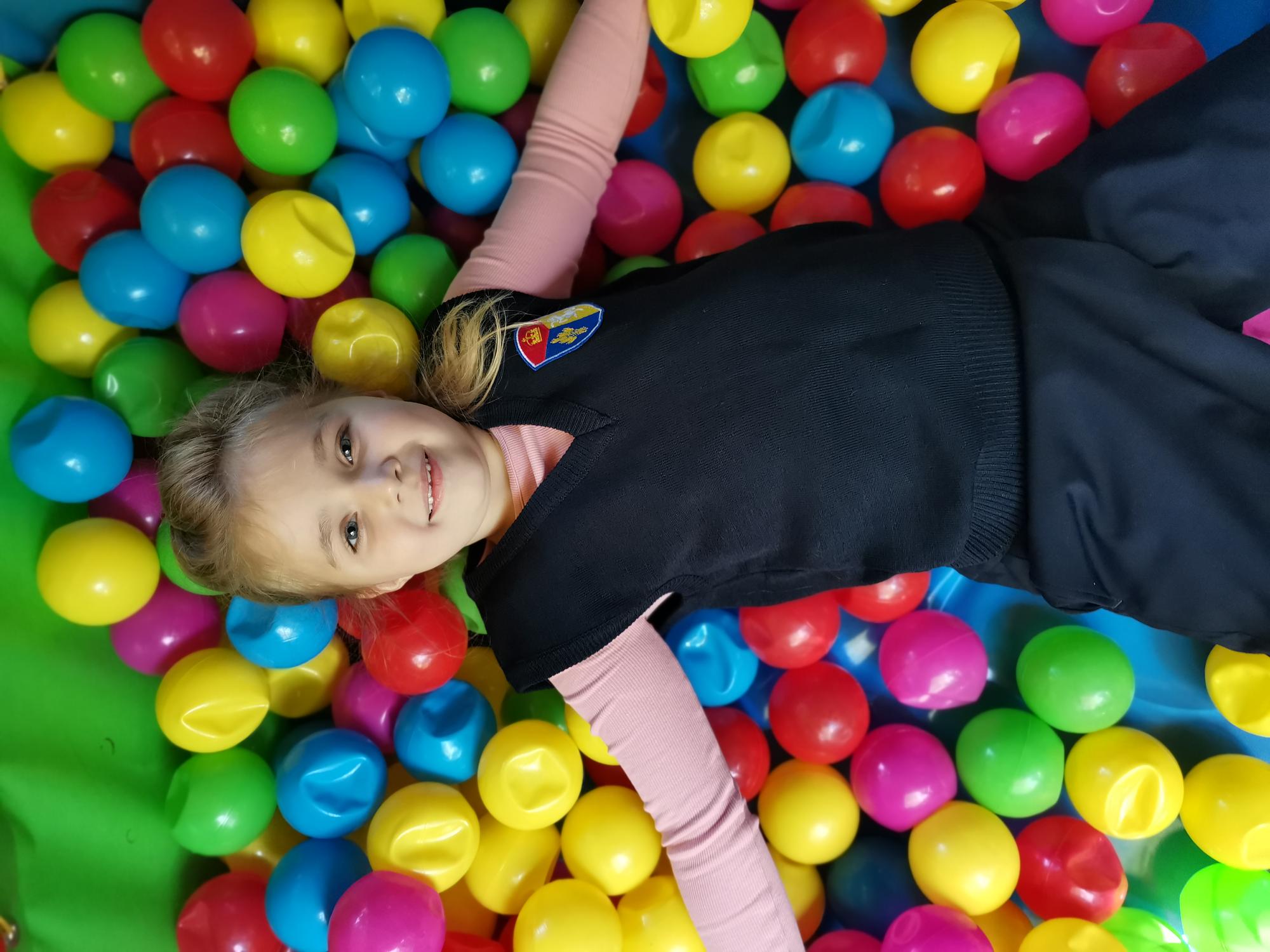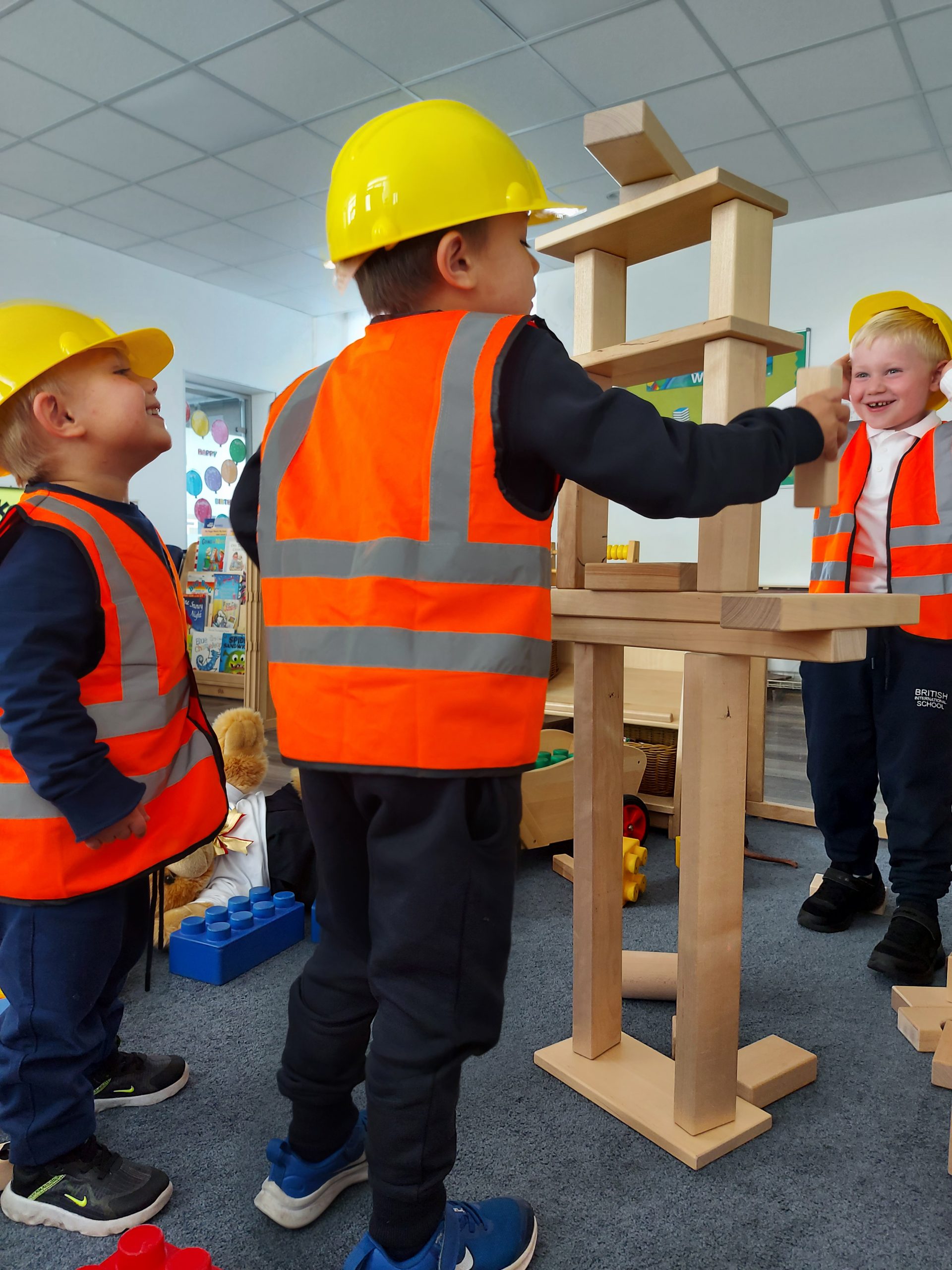News & Blog
Sorry, thank you, please!
Remember, our children learn from what they see, not what they hear
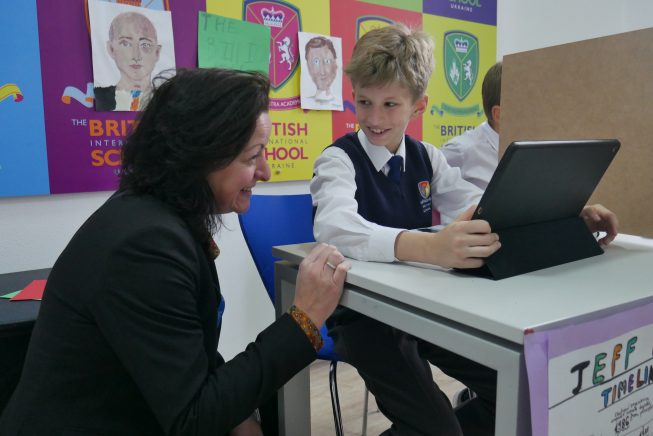
Author: Nikita Phadnavis
Award Winning Trainer and Education Specialist
Hi, I am Nikita, and I am an Early Years Professional. I have been working with children for almost 20 years now, and every day I read stories to my children. I am sure, as parents, you do the same, don’t you? Think about it, how often do you read stories to your children? Every day? Every night when you put them to bed? On the go to keep them entertained?
But when was the last time someone read a story to you? Or when was the last time you read a story for yourself? Can’t remember? Never mind, I’ve got a story for you.
On a usual Wednesday morning, I was out for my routine observation of my colleagues in their classrooms. When I went into the two- to three-year-old children’s classroom, I was filled with joy to see these little children enjoying themselves. Some of them were playing by themselves, and others were at the stage of parallel play. The teachers were facilitating their play. Everything was going well, just as I expected to see. But then something caught my eye. This little boy, who was just over three years of age, grabbed a toy out of someone else’s hand, said sorry, and carried on playing. He then pushed someone out of his way, said sorry to them too, and carried on with what he was doing.
This little boy was really engrossed in his play. He was building something, and occasionally he would get up, walk around the room scouting for something that would fit with what he had in his mind, go get that, and continue building. Sometimes, it was off the shelf or floor, and sometimes, he would snatch it from other children. But he never forgot to say sorry.
When he did that about the fifth time, I went over to him and asked, “Hey buddy, Emma was playing with it. You just took Emma’s toy. What do you think you should do?” And without wasting a second or bothering to make eye contact, he promptly replied, “It’s okay; I already said sorry!” And he walked away to his construction site. I was amazed to see that. I observed this child closely and soon realised that he was using “sorry” as a licence to do what he pleased. He would push people out of his way, snatch things, destroy other people’s play or construction, and just walk away with a sorry.
I was curious to know why he was doing what he was doing. I soon noticed that it wasn’t just him. There are lots of children who say sorry, thank you, and please without really meaning it. Why? Because that’s what we teach them to do.
When our toddler pushes someone, hits someone, or snatches something, we promptly rush there and teach them to say sorry. “Ben, say you’re sorry.” When someone offers them a present, we teach them to say thank you. “Ben, what do you say?” When they ask us for something, we teach them to say please. We ask them, “What’s the magic word?” And we as adults use sorry, thank you, please so often that it hardly means anything. I’m not against teaching good manners to children; in fact, the point of writing this chapter is that we need to teach our children to say “sorry, thank you, and please.”
But it’s important to teach our children how to use these words. It’s essential to teach them to tap into their emotions.
How do we teach social skills?
I learnt this in a very unexpected manner. A while ago, I attended training by Professor Peter Vermeulen, who talked about the importance of context. Well, Dr Vermeulen was talking specifically for individuals on the autistic spectrum and how they might miss the context and hence their actions might seem a little inappropriate. But that action in another context might be appropriate, so understanding the context is crucial.
For example, wedding parties and funerals are both occasions where all family and friends get together. But things that you might do at a wedding party might not be appropriate at a funeral. Both are social gatherings, but the context is different. Similarly, the way you might greet your friend at a pub isn’t the way you’d greet your colleague at work.
Dr Vermuelen talked about the importance of teaching a child to tap into their own feelings and to try to understand how the other person might be feeling. Now, this applies to all human beings. Dr Vermuelen gave strategies to make “emotions and social communication” easier for individuals on the autistic spectrum. Still, the underpinning principle was that the key to good relationships is understanding the feelings of others, tapping into your emotions, and then deciding what course of action would be appropriate. That’s the secret of good social skills.
So, the question is, how do we teach our children these social skills? How do we teach our children to tap into their emotions and understand the feelings of others? Why is it not enough to teach children, “what’s the magic word?” or “what do you say?”
When we teach our children to say “sorry, thank you or please” without really feeling it, they use these words without meaning them. And what’s worse is they don’t learn to tap into their emotions. So how do we teach our children to tap into their emotions?
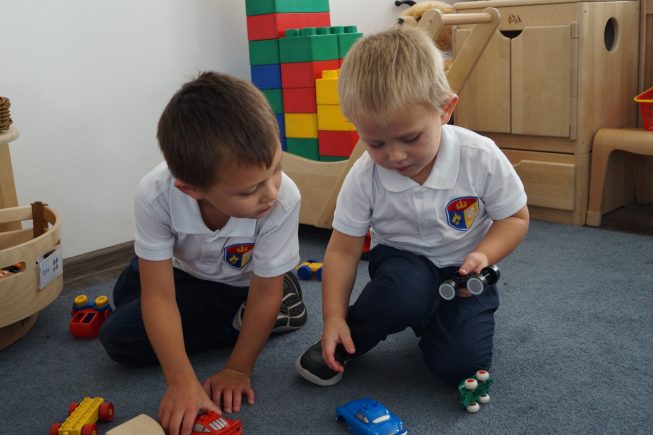
Saying thank you
I used to ask my daughter some simple questions to make her think of her emotions. When someone did something nice for her, I would ask her, “How do you feel?” When her grandparents sent her a present from India, she would be excited. I would say to her, even as a two- or three-year-old child, “Oh, you seem to like that toy. Is it fun?” She would jump out of excitement and say, “Yeah, Mummy, you try it. It’s so much fun.” Then I would say to her, “Oh, it’s a good thing Nanny sent it for you all the way from India. We don’t have it here in London, do we? I’ve never seen anything like this in our shops. It’s terrific!” When she’d agree with me, I’d suggest to her, “Do you want to call Nanny (Grandma) and tell her that you like the gift?” She would do that. It wasn’t usually a formal “thank you”; it was more like, “Nanny come on Skype now. I want to show you how it works. I already learnt to use it.”
Gradually I taught her the social etiquette of saying “thank you.” I also talked to her about the trouble her nanny had to go through to send her that present. That made her value not just the gift but the sentiment. So, she understands a thank you isn’t just when you receive something but when someone does something for you that makes you feel good. That gesture calls for you to express that gratitude to the other person.
There will be times when she might not feel satisfied with the gift, especially if she doesn’t like the present. But again, she can think of the trouble they went through to try and do something nice for her. So perhaps that needs an acknowledgement.
Saying sorry
Similarly, sorry isn’t for when you don’t mean it. When my daughter was younger, I had to teach her to tap into her feelings. For example, every time she did something undesirable, I would pause and ask her, “How do you feel?” If she had snatched a toy from someone, she’d feel good because now she had what she wanted. Then I’d ask her, “How do you think your friend feels?” And she would say, “I don’t know.” Then I would take that toy back from her and ask, “If I took this from you, how would you feel?” She would say, “But I want it.” I would insist, “I know you want it. So, if you don’t get it, would you be happy or sad?” She would usually say, “Sad.” Then I would say, “Now your friend doesn’t have his toy; how do you think your friend feels?” She would ask, “Sad?” And I would affirm, “I think so.”
I would ask her, “Do you want people to take your toys and make you sad?” And she would say “No.” Then I would explain that it’s not the right thing to do to take other people’s stuff and make them sad. You should ask before you take it, and take it only if they say yes. If not, you wait. Sometimes, we might do things that make other people sad. And we want to correct those. So, if you feel that something you’ve said or done has made the other person feel sad, you need to make things right again. You can go over to them, say sorry, and then try to fix things and promise them that you won’t do that again.
An apology has three parts. First, recognising that you’ve caused inconvenience to someone, feeling remorse for it, and expressing that in the form of an apology. The second part involves trying to fix it. For example, if you knocked over someone’s tower of blocks, then help them fix it. And third, promise to not do it again. We need to make a sincere promise to try to not repeat our mistakes.
Next time you say sorry, thank you or please, ask yourself, “do I mean it?” Remember, our children learn from what they see, not what they hear.

